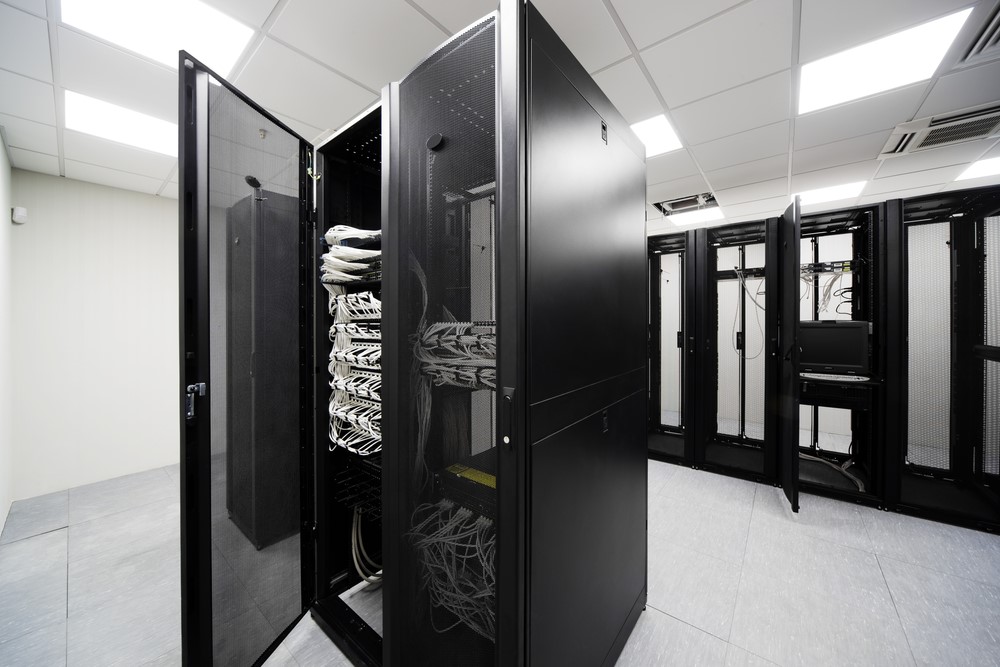
An Inside Look at the Modern Data Stack
The interesting thing about technology is the rate at which things change – most times for the better. Case in point, the modern data stack, a few years ago many of the processes and tools that currently constitute the modern data stack were just hypotheses and unfinished programming notes. For the user, trying to do even the most straightforward analysis on even relatively medium-sized datasets was extremely time-consuming and frustrating. Building out a data-centric organization or company meant purchasing and provisioning archaic hardware or servers. Companies or organizations had to make certain decisions on how to handle their data.
Business intelligence tools were created and did lots of local data processing to end-around the warehouse bottleneck to give users acceptable response times – at least what was thought to be acceptable at that time. The bulk of the data processing was heavily governed by central teams to avoid overwhelming the data warehouse with too many end-user requests.
However the big change happened in 2012 when Amazon Redshift was created, the first fully managed, petabyte-scale cloud data warehouse. The service represented a significant leap forward from traditional on-premises data warehousing solutions, which were expensive, inflexible, and required significant human and capital resources to operate. The platform also performs a continuous backup of data, eliminating the risk of losing data or need to plan for backup hardware. Redshift was fast, and cheap enough for everyone so almost overnight, all of the data processing problems previously mentioned just went away. The data demands of any modern organization became too much for, at that time, the traditional data stack configuration to keep up with. So the modern data stack was ushered in to bring about a more efficient way to do things.
What Would Makeup A Modern Data Stack Currently?
Redshift is only one part of what is considered a modern data stack. Using the Amazon Web Service (AWS) product, Big Query – Google Cloud Platform (GCP), Databricks, Synapse or Snowflake would mean a company or organization has a foundational piece of what is considered a modern data stack. Redshift operates as the data warehouse, Big Query is also a data warehouse this time created by Google, Databricks is a data and Artificial Intelligence (AI) solution that organizations can use to accelerate the performance and functionality of their data, Synapse is a limitless analytics service and Snowflake which enables discovering, managing, and sharing data among suppliers, business partners, and customers.
There are other functions of the modern data stack that need to be fulfilled for companies or organizations to truly benefit: Data Ingestion – data is transported from various sources (databases, server logs, among others) into a storage medium; Data storage – a cloud-based solution that is used to store all the collected data sent from the data ingestion tool; Data transformation – Once the raw data has been moved into storage, it will need to be transformed into user-friendly data models; Business intelligence/Data analytics – This is where data is analyzed and dashboards are created for users to explore the data. Modern data analytical tools have also been designed with non-technical users in mind, empowering domain experts to answer business questions without depending on developers and analysts; Data governance – Allows companies and organizations to keep track and make sense of their data which helps in data discoverability, quality, and sharing. Data governance also helps an organization to stay legally compliant when it comes to data protection. Problems such as data breaches of sensitive data can be dealt with easily; Data orchestration – automating processes and building workflows within a modern data stack. With data orchestration, data teams can define tasks and data flows with various dependencies; Data activation – democratizes the data within the warehouse using reverse extract, transform, load (ETL) – syncing the data in the data warehouse to back to downstream tools – and it enables four types of uses:
- Marketing – sync custom audiences to ad platforms for retargeting
- Sales – enrich data
- Success – use product engagement data to reduce churn or identify upsell opportunities
- Finance: update Enterprise Resource Planning (ERP) software with the latest inventory numbers and sync customer data into forecasting tools
There’s really no such thing as the ideal modern data stack. Technologies are constantly evolving; what was relevant five years ago is much less relevant today as companies and organizations are realizing. A modern data stack is a solution that can help an organization save time, effort, and money. It is faster, more scalable, and more accessible than what was previously possible with the traditional data stack.
The modern data stack also helps a company or an organization transition into a modern and data driven entity, which is critical for creating business solutions. In this day and age, there is no company nor organization that could remain competitive without actionable data. This actionable data helps non-technical users across marketing and sales, who would want to activate the unique data that lives in their company or organization’s data warehouse with the operational tools that they use on a daily basis.



